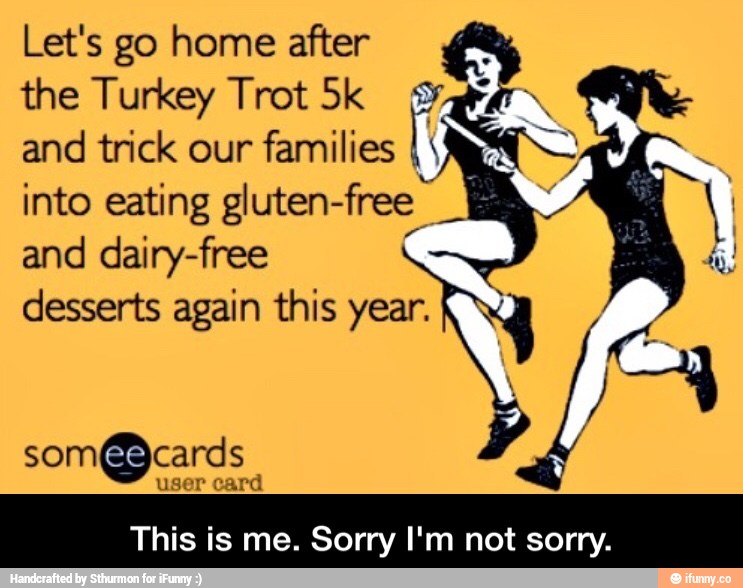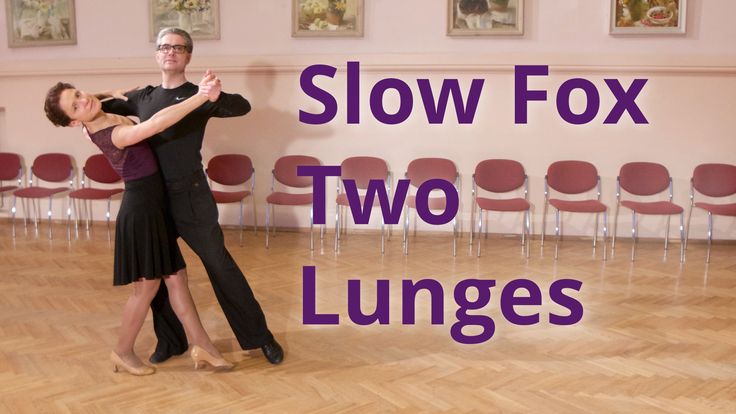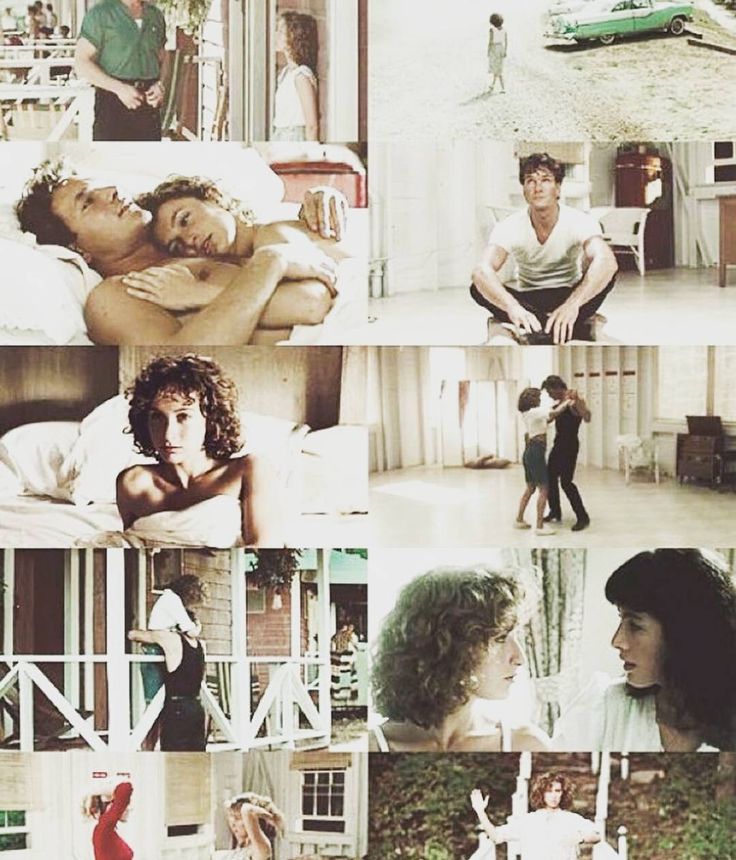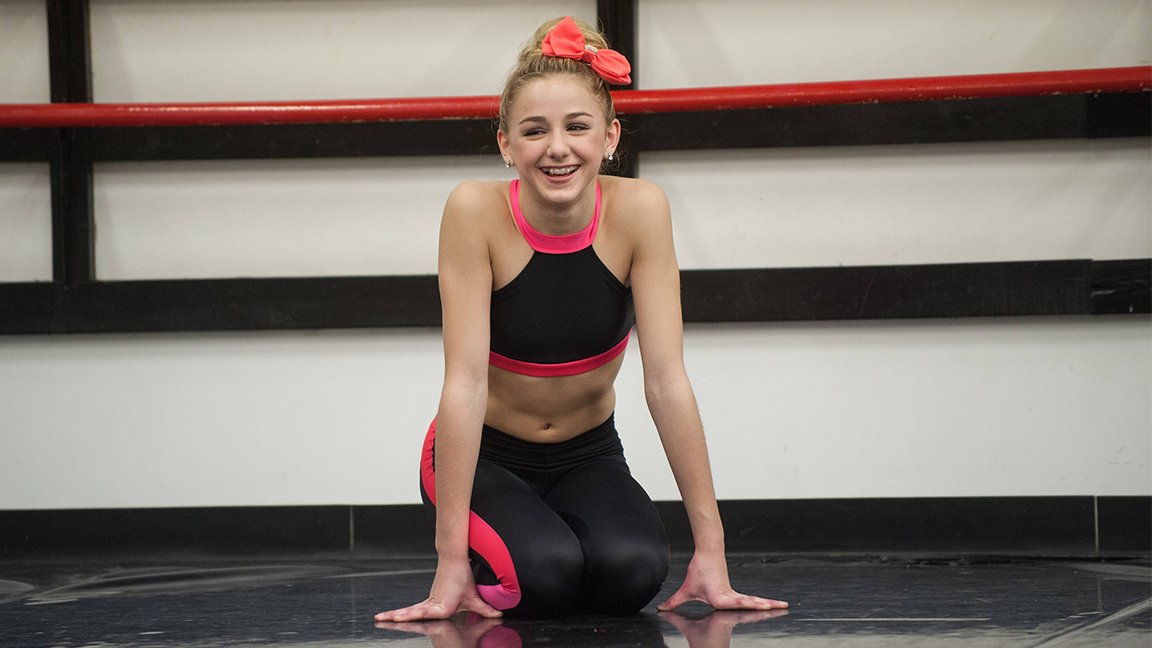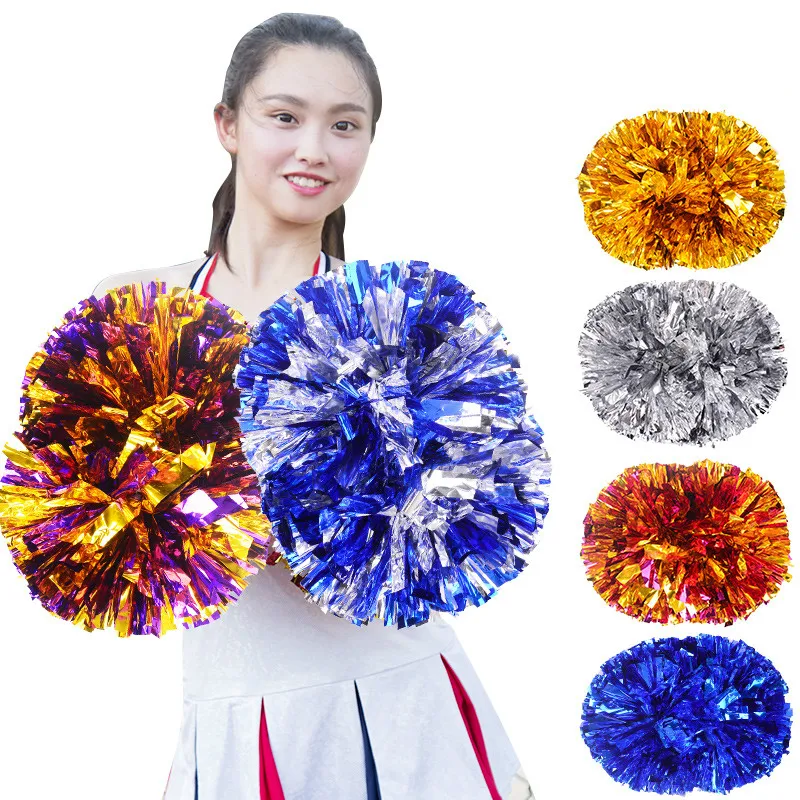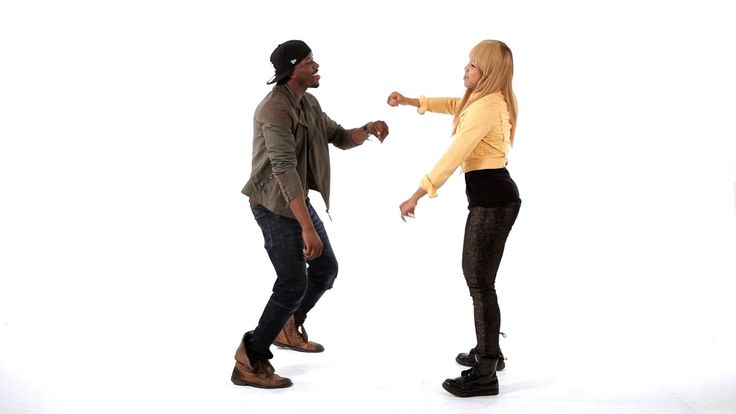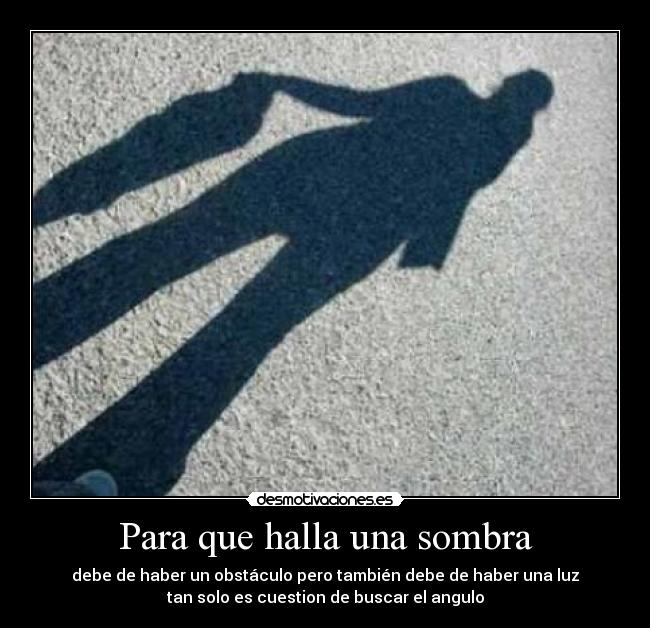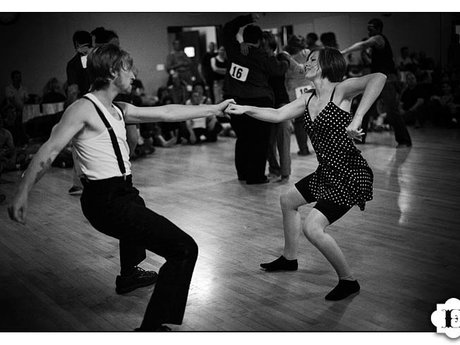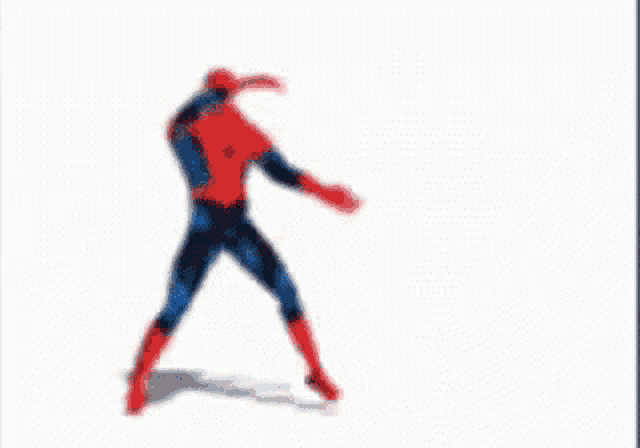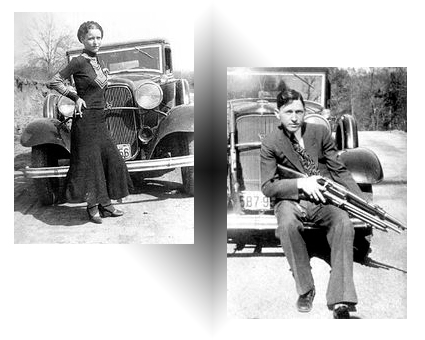How to do the turkey trot dance
It’s scandalous! It’s immoral! It’s the “Turkey Trot”!
This blog post was co-written with Jan McKee, Reference Librarian, Recorded Sound Section, Library of Congress.
Music and lyrics by Paul A. Rubens and Arthur Wimperis. Chappel & Co., Ltd. c1912
This year, after Thanksgiving dinner with friends and family, why not burn off some of those calories and thwart those tryptophans by dancing the Turkey Trot instead of sleeping on the living room sofa? This vigorous dance was developed on the West Coast in about 1909. Then Irene and Vernon Castle raised its popularity by dancing it in the Broadway show The Sunshine Girl. It was one of a number of animal-inspired, fast-paced ragtime dances that shocked and offended polite society in the early years of the twentieth century.
In 1913, President-elect Woodrow Wilson, so fearing a scandal if people danced the Turkey Trot at his inaugural ball, opted not to have a ball and held a public reception in the Capitol instead. It was banned at the Naval Academy that same year.
From the 1922 Italian dance manual, Balli di Ieri e Balli D’Oggi, Gavina-Givonnini. http:// hdl.loc.gov/loc.music/musdi.195.
According to information contained in several dance manuals in the Music Division online exhibit, the Turkey Trot was condemned by the Vatican. Archbishop Henry Moeller announced that Catholics in the Cincinnati diocese who dance the Tango, Turkey Trot and other objectionable glides could not obtain forgiveness of their sins. In Montclair, N. J., clergyman, Rev. Father Wm. A. Brothers, declared that “indulgence in the turkey trot, the tango and other objectionable modern dances is as much a violation of the seventh commandment as adultery.”
From the 1922 Italian dance manual, Balli di Ieri e Balli D’Oggi, Gavina-Givonnini. http:// hdl.loc.gov/loc.music/musdi.195.
Dr. R.A. Adams, in his book The Social Dance published in 1924, thunders: “It is a sad reflection on the people of this Nation that they should run out of dance steps and dance names and come down to the level of the brutes whose sexual actions they imitate in what are called animal dances.
It is well known that these animal dances are imitations of the animals in their sex relations and sex exercise, and that they are intended to arouse sexual desire and result in sex satisfaction … The “Boll Weevil Wiggle” and the “Texas Tommy Wiggle” are danced in close personal contact intended to arouse sex feeling. The “Grizzly Bear” encourages the closest and most violent physical contact for the same purpose. The “Bunny Hug” is danced in imitation of the sex relation between male and female rabbits. The “Turkey Trot,” “Fox Trot,” “Horse Trot,” “Fish Walk,” “Dog Walk,” “Tiger Dance,” and the “Buzzard Lope,” are all imitative of the lower animals in their sex life, sex desire, sex excitement and sex satisfaction; and these things are in the minds of the dancers who understand the meaning of the animal dances.
Ultimately, this “notorious” dance’s popularity waned in favor of the Fox Trot.
The basic steps for the Turkey Trot consisted of four hopping steps sideways with the feet well apart, first on one leg, then the other with a characteristic rise on the ball of the foot, followed by a drop upon the heel. The dance was embellished with flicks of the feet and fast trotting actions with abrupt stops. Dancers were encouraged to also raise and lower their elbows while they danced to imitate the flapping wings of an excited turkey.
The dance was embellished with flicks of the feet and fast trotting actions with abrupt stops. Dancers were encouraged to also raise and lower their elbows while they danced to imitate the flapping wings of an excited turkey.
If you want to keep dancing, there are more “turkey trots” in the National Jukebox. Enjoy!
Turkey Trot -Popular Dances For Wedding and Social dance
Posted on by admin
Turkey Trot -Popular Dances For Wedding and Social dance
Wild on Littleton Block Party
The Turkey Trot was a dance from California in the early 1900’s. It was one of the Barnyard dances, along with the Bunny Hug, the Grizzly and the Foxtrot. It was banned by the Vatican, and people were fired for doing the Turkey Trot during lunch. Verne and Irene Castle even danced the turkey trot in the Sunshine girl.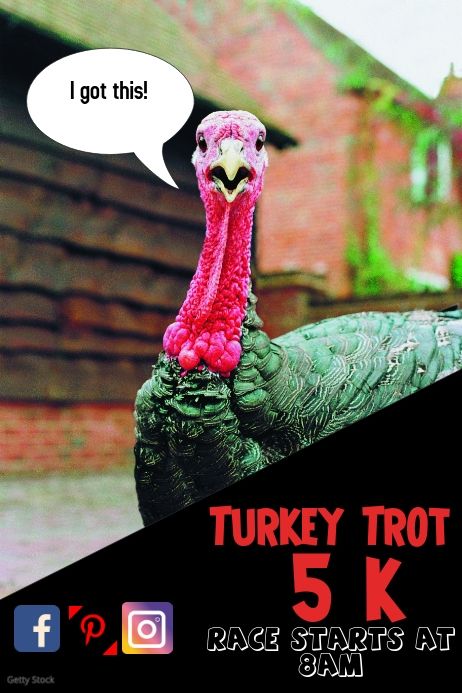 It was danced to fast ragtime music. The Turkey trot is danced with bouncing or hopping steps and sideways kicks, encouraging the flapping of the arms like a turkey.
It was danced to fast ragtime music. The Turkey trot is danced with bouncing or hopping steps and sideways kicks, encouraging the flapping of the arms like a turkey.
How to Dance the Turkey Trot-
Basic Step:
Gentlemen step forward with your weight toward the balls of your feet, commencing with your left foot for 8 steps forward flapping your elbows.
Ladies with your weight toward the balls of your feet and flapping your elbows follow the gentleman starting with your right foot for 8 steps backward.
Charleston variation:
Gentlemen step forward left foot, kick right foot, step back right foot, kick left foot back. Repeat
Ladies step back step back right foot, kick left foot back step forward left foot, kick right foot. Repeat
Turkey hop:
Gentlemen hop to left foot, kick Right foot side bounce, hop to right foot kick left foot side bounce, repeat.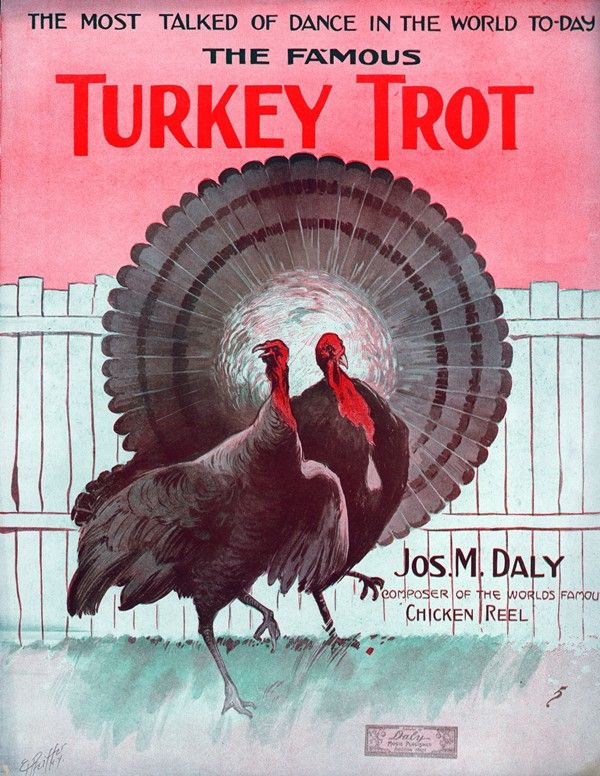
Ladies hop to right foot kick left foot side bounce, hop to left foot, kick Right foot side bounce, repeat
Promenade:
Gentlemen left foot side in promenade position, right foot forward and across in promenade position, left foot side stick your bum out, right foot closes to left foot, bum in.
Ladies right foot side in promenade position, left foot forward and across in promenade position, right foot side stick your bum out, left foot closes to left foot, bum in.
The Turkey Trot video transcription:
Hi this is Holly from Adventures in Dance. We are going to take a dance adventure back in time to the early 1900’s for the Turkey Trot, originating in San Francisco California. It was one of the Barnyard or Animal dances that was so scandalous that people lost their jobs when they were caught Turkey Trotting at lunch. So let’s go learn a little about the Turkey Trot today.
Ok Turkey Trotters, let’s take a trot down memory lane with a nice little bouncy action dance. You can get your elbows into the act and it will look like this.
Craig will demonstrate the man’s gentleman’s part, and I will do the lady’s part. We are going to with eight steps forward, 1,2,3,4,5,6,7,8. Then we have a Charleston action 1,2,3,4, we are going to do that again, 5,6,7,8. Then we are going to do some hop kicks, hop kick, 2,3,4 and again. And then we are ready for a promenade. Walk, across, side with our bottoms out like a Turkey with your wings flapping and close. Once again, walk, across, out, together and that is how you Turkey Trot. Now we will dance it.
For more dance tips, join my email
or for personal wedding dance instruction, coaching or adult dance classes
south of Denver, north of Highlands Ranch, east of Cherry Hills, in Littleton
contact:
Holly Collins
WEDDING DANCE instruction
DANCE LESSONS.
author of
Holly’s hot wedding tips,
Historically Accurate Princess Dances,
Winner of the Knot best wedding dance,
Champion Ballroom Dancer & Coach
owner of
Adventures in Dance
720-276-0562
info@adventuresindance.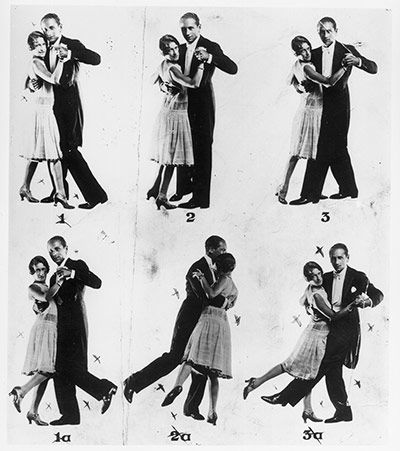 com
com
www.adventuresindance.com
Yoair Blog - publication in the world blog on anthropology.
Message Views: 14,359
About two years ago, inspired by his liveliness and energetic dance moves, I began to learn the Lindy Hop, which is a partner dance with two positions, both "lead" and "follow". Like most dance groups, there weren't enough guys in the class. This forced women to take on the role of leading, mostly male. And I was one of them, learning the lead steps as a woman. Another good aspect of this dance class was that we didn't have a permanent partner. In a circle, with each song, we constantly changed partners. This exercise really allowed us to change the energy of the room and connect with other people in a way that no discursive language would have made possible.
Like most dance groups, there weren't enough guys in the class. This forced women to take on the role of leading, mostly male. And I was one of them, learning the lead steps as a woman. Another good aspect of this dance class was that we didn't have a permanent partner. In a circle, with each song, we constantly changed partners. This exercise really allowed us to change the energy of the room and connect with other people in a way that no discursive language would have made possible.
This personal anecdote is significant in that it points to something about the nature of Lindy Hop: its openness to gender equality, as it allows for the roles of men and women to be reversed. In this blog, I will start with the history of the Lindy Hop and the Harlem Renaissance, the atmosphere in which it was born. I will then move on to a discussion of how the Lindy Hop intersects with other social and cultural customs established on the body based on race and gender.
Credit: phillipscollection.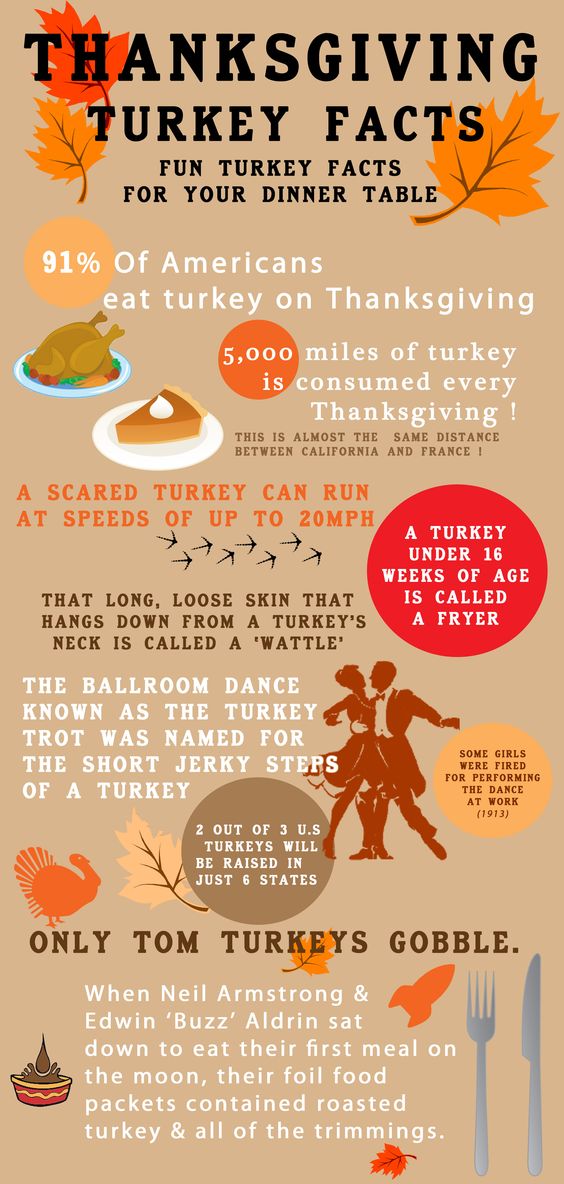 org
org Harlem Renaissance
“Ah, harsh harsh world, in a pitiful way
Poverty, dishonor and disgrace,
Pushed timid feet of clay,
Sacred brown feet of my fallen race!
Ah, my heart, tired, weary legs
Wandering from street to street in Harlem.”Claude McKay - from Harlem Shadows
A resurgence of African American cultural expression through article, dance, and literature took place in Harlem in the 1910s. New York. The Harlem Renaissance, known as the golden age of African American culture, lasted from 1910 to 1930s. It was a period teeming with novels, essays, and poetry. Langton Hughes, County Cullen, Claude McKay and Alain Locke were some of the most prominent authors of the time. Their work was published and reviewed in magazines and newspapers by major white-dominated publishers. Moreover, jazz was one of the most important elements along with improvisation techniques that permeated almost all disciplines such as dance and poetry. More prominent, for example, was jazz poetry, which embodied the improvisations in jazz music in the rhythmic structure of the verses.
More prominent, for example, was jazz poetry, which embodied the improvisations in jazz music in the rhythmic structure of the verses.
In short, the Harlem Renaissance was a renaissance of African culture and allowed an African identity to be built into a social and cultural context. Perhaps for the first time, African Americans were noted for their individual voice and talents in various fields. In other words, a distinct identity and image of African society was finally manifested through art, literature, music and dance in Harlem. The Lindy Hop was part of this movement.
Credit: newsweek.comHow did the Lindy Hop come about?
As a creation of the Harlem Renaissance, Lindy Hop originated in the 1920s Jazz Age in the African American community. This is a swing dance combined with live, dynamic and syncopated jazz music. There are actually quite a few predecessors to the Lindy Hop: turkey trot, Texas mummy, balin jack, foxtrot, walking the dog, shimmy, Charleston and black bottom.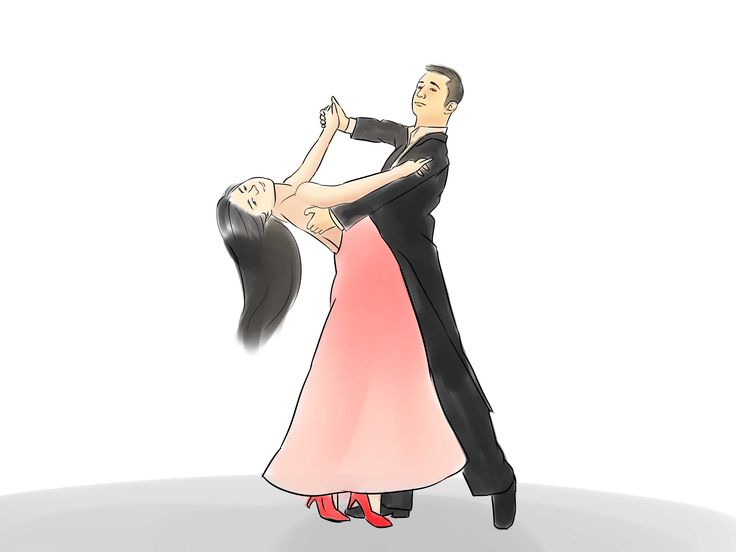 Although the Charleston is the main dance from which the Lindy Hop originated. Although the Lindy Hop began as a street dance, over time it became very popular, becoming a ballroom dance and performing at professional concerts.
Although the Charleston is the main dance from which the Lindy Hop originated. Although the Lindy Hop began as a street dance, over time it became very popular, becoming a ballroom dance and performing at professional concerts.
Savoy Ballroom
Lindy Hop gained a wider audience and recognition at the Savoy Ballroom, which was founded in 1927. If you wanted to see a real Lindy Hop performance, you should have visited the Savoy. It was open to everyone, both white and black communities, who came to Savoy to dance. In turn, this allowed for racial integration during a period when racial segregation was still very dominant.
Famous lindy hop dancers
George "Shorty" Snowden was one of the leading figures and founders of Lindy Hop. Snowden was five feet tall, making his size an advantage for comical effects with his dancing. For example, he would bend his knees and walk, becoming even shorter and pointing his hands to the floor.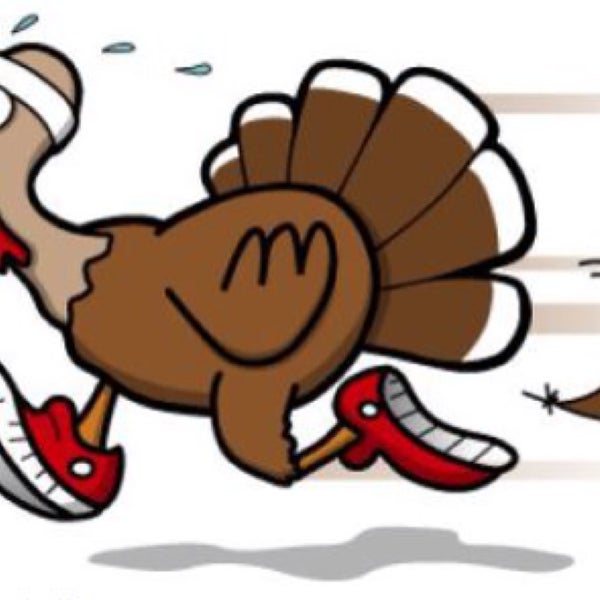 "Shorty" originated from this signature dance move. With this move, he highlighted his five-foot body as a form of self-torture. Snowden also had his own dance group and starred in films such as After Seben (1929) and Ask Uncle Saul.
"Shorty" originated from this signature dance move. With this move, he highlighted his five-foot body as a form of self-torture. Snowden also had his own dance group and starred in films such as After Seben (1929) and Ask Uncle Saul.
Another notable group of swing dancers formed at the Savoy was led by Herbert "Whitey" White. Known as Whitey, a dance group was named after him: Whitey's Lindy Hoppers. Some of the members of this group were William Downes, Francis "Mickey" Jones, Norma Miller, Billy Reeker, Al Minns, and Willa May Reeker. This group also prepared talented dancers for competitions and professional performances.
In short, when we think of the Lindy Hop, two main dance groups come to mind. Lindy Hoppers Shorty and Whitey, which allowed the Lindy Hop to gain wide public recognition.
Main Features of the Lindy Hop
The Lindy Hop includes acrobatic and aerial movements that require certain athletic skills.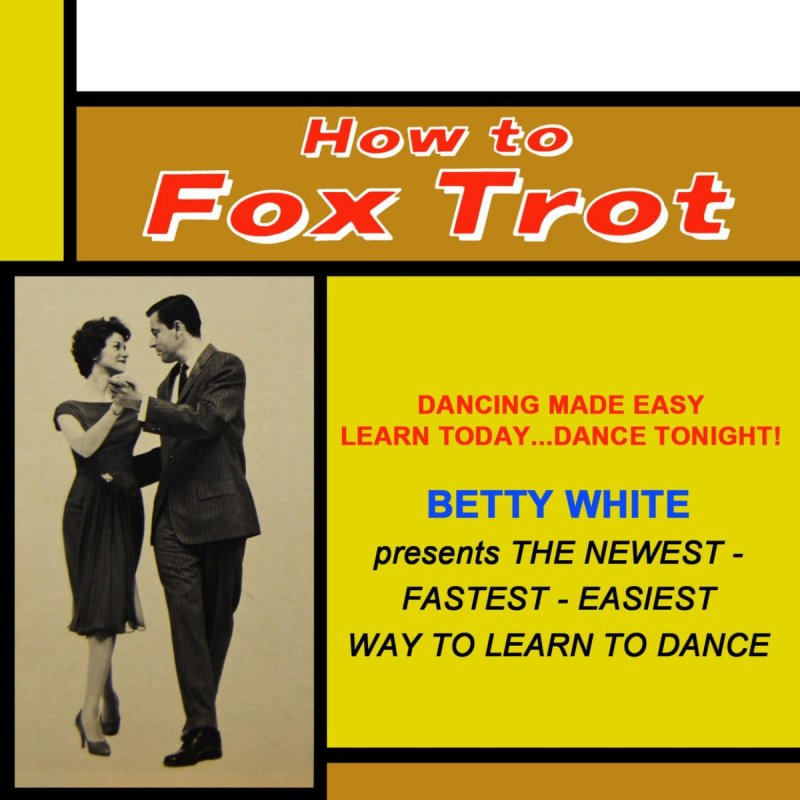 More importantly, Lindy Hop is associated with freedom because it allows for individual expression and improvisation. From time to time, the partners separated from each other and performed their own solo dances based on their own improvisations. Moreover, theatrical gestures accompanied the dance movements, revealing the soul of the dance.
More importantly, Lindy Hop is associated with freedom because it allows for individual expression and improvisation. From time to time, the partners separated from each other and performed their own solo dances based on their own improvisations. Moreover, theatrical gestures accompanied the dance movements, revealing the soul of the dance.
1980s: Lindy Hop Resurgence
Although the Lindy Hop began as an African American creation, since the 1980s it has been played primarily by white people. However, these performances were far from reflecting the origins of the dance. On the contrary, they greatly changed the aesthetics of Lindy Hop. Interviews with African Americans about the Lindy Hop show that Africans feel the need to go out and dance the Lindy Hop to remind the world of its origins and their African identity.
Credit: pinterest.comHistorical and cultural aspects of Lindy Hop
As a non-discursive medium, the human body executes cultural and historical codes through dance, especially if it is a dance like the Lindy Hop that emerged during a critical period, such as the African Renaissance . In the prehistory of the Harlem Renaissance, there is a different story behind this, starting with the ring scream, which was a religious ritual dance of African slaves.
In the prehistory of the Harlem Renaissance, there is a different story behind this, starting with the ring scream, which was a religious ritual dance of African slaves.
Over time, ring whoops evolved into Cakewalk, which became one of the earliest forms of Lindy Hop. Indeed, the easy walk was more than a dance. It was a means of African resistance to whites during their enslavement in America. This dance looked like a mockery of the dances of white men. According to the Africans, the slave owners rewarded them with cakes. This is how the walk got its name. But the main thing is that the birthplace of the ring-screams and the walking tour was the plantations where the African slaves worked.
Based on these reasons, the Lindy Hop is part of a larger historical story. In the form of B. Hancock states: "The Lindy Hop is a cultural form in which slave dancing is combined with jazz and tap dancing." In addition, it contains a racial identity. However, the participation of various communities in it, intentionally or unintentionally, leads to some distortions of the “authenticity” of representations.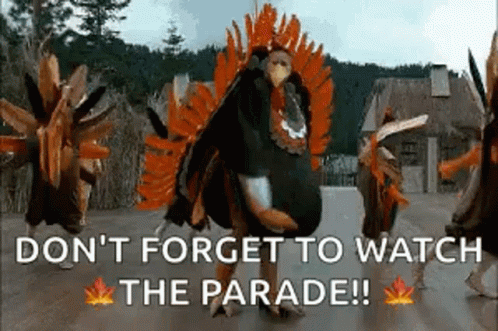
Hancock's "Embodied Ethnography and Racial Imagination"
"The racial imagination, the dominant racial categories through which we understand the world, illuminates how cultural practices such as music and dance are understood only after being refracted through the racial categories that define them" (159) - B. Hancock
Before I start talking about Hancock's arguments, I want to state that everyone's experience with the Lindy Hop may be different. Hancock's observations as an advanced Lindy Hop dancer in various settings allowed him to see how the dance propagated racial stereotypes and myths. With this in mind, Hancock's article offers some perspectives that allow us to understand how white people practice the Lindy Hop.
According to Hancock, cultural practices such as the Lindy Hop embody the racial imagination within which the myth-making process takes place. To understand the essence of the Lindy Hop, Hancock learns to dance the Lindy Hop and feel it as ethnography personified.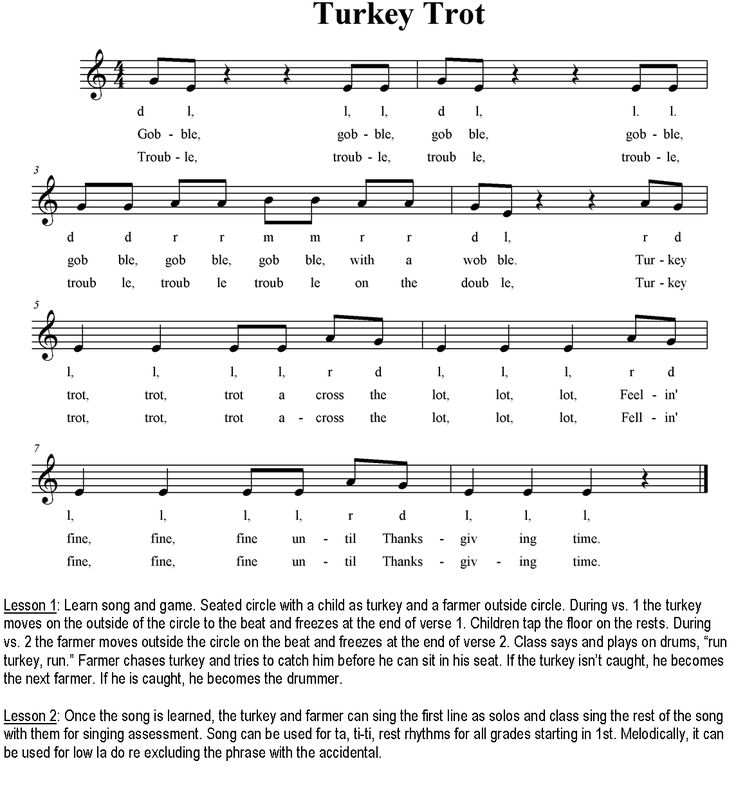 He then begins to build more concrete theories based on his observations at that stage. After that, he himself begins to teach Lindy Hop in high schools with other instructors. This stage becomes very important for his research. Before explaining his experiences on the ground, he mentions two practices he uses to reflect on white involvement in African cultural expressions. These are minstrels and whitewash.
He then begins to build more concrete theories based on his observations at that stage. After that, he himself begins to teach Lindy Hop in high schools with other instructors. This stage becomes very important for his research. Before explaining his experiences on the ground, he mentions two practices he uses to reflect on white involvement in African cultural expressions. These are minstrels and whitewash.
minstrels
minstrels refers to the practice "White people deliberately play the role of blacks, drawing on historical stereotypes and myths about the black body as innate and essentially exotic, sexual, expressive and rhythmic." One of the most prominent examples of this is blackface minstrel shows, which are American racist entertainment performed for white audiences. To be more explicit, white performers wore black makeup for their stage performance. For example, Al Jolson, who was also the star of the film. Jazz Singer (1927), was a famous blackface artist.
Whitewashing
With regard to intentional or unintentional whitewashing, it refers to "the erasure or omission of racial identity associated with the history of a particular practice or cultural form". This can be seen as a form of assimilation. According to Hancock, whitewashing comes in two forms. First, by denying the historical origin of the dance; second, the suppression of cultural expressions of dance. For example, Gap's ad for spring/summer collection 19'98: Khakis swing, misrepresented by Lindy Hop. First of all, the advertisement included only white people on a white background. During performances, you may occasionally see people from different age groups and cultures. But in its biggest picture, the ad dehistoricizes the Lindy Hop as it takes the dance away from African-American origins.
Lindy Hop Teachings and Issues
Dancing requires body intelligence and a lot of practice to master the movements so you can play with the flow.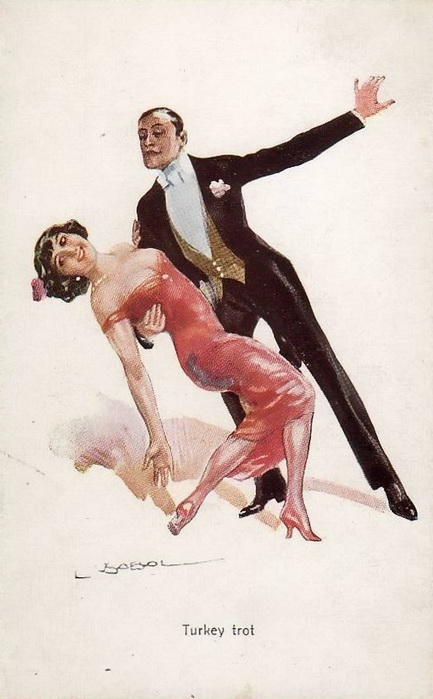 You must feel it. To develop feelings, we may need several stories to understand the essence of the dance. However, sometimes these stories end with racial myths. For example, as Hancock states, one of the Lindy Hop instructors at a high school dance workshop introduces the dance itself: “I want all the guys to pay attention to me. Girls, you can relax for a minute. Okay, now I want the boys to take a pimp walk. Do you guys know what a pimp is? Do you know how a "pimp" walks? I'll show you." In the rest of the introduction, she asks the girls to stick their asses out and the guys to check them out on their pretentious "pimp" outing.
You must feel it. To develop feelings, we may need several stories to understand the essence of the dance. However, sometimes these stories end with racial myths. For example, as Hancock states, one of the Lindy Hop instructors at a high school dance workshop introduces the dance itself: “I want all the guys to pay attention to me. Girls, you can relax for a minute. Okay, now I want the boys to take a pimp walk. Do you guys know what a pimp is? Do you know how a "pimp" walks? I'll show you." In the rest of the introduction, she asks the girls to stick their asses out and the guys to check them out on their pretentious "pimp" outing.
Another time, Hancock will attend a Lindy Hop workshop in Sweden with the best dancers (this time an advanced student). The instructor realizes that the women are dancing with their buttocks out, which she finds humiliating. Everyone in the class is shocked, because throughout the training process they were taught to dance this way.
These two anecdotes indicate that the way dance is taught really matters.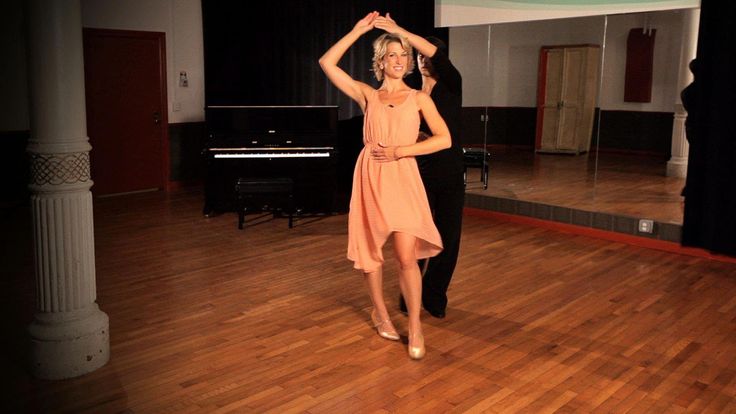 Such training does not go far from stereotyping Africans. Rather, it leads to a misperception of African culture, which includes stigmatization and mimicking the physical features of Africans with exaggerated movements.
Such training does not go far from stereotyping Africans. Rather, it leads to a misperception of African culture, which includes stigmatization and mimicking the physical features of Africans with exaggerated movements.
Lindy Hop and Redefining Gender Roles
As I mentioned earlier from my own experience, Lindy Hop does not have strict gender codes for partner dances. It simply requires cooperation and attention to the other's body. It is separated from the over-masculine and hyper-feminine characteristics of the dance moves. Most importantly, the dance repertoire of the leader and follower includes dynamic movements. Thus, women do not need to act fragile, hesitant and soft. Men are also not expected to display male aggression. As Lisa Wade's article states, "For example, in the lead role, they [male dancers] are told to refrain from using brute force in favor of weight changes, and are taught to perform many feminized body movements, including complex footwork, spins, body and etc.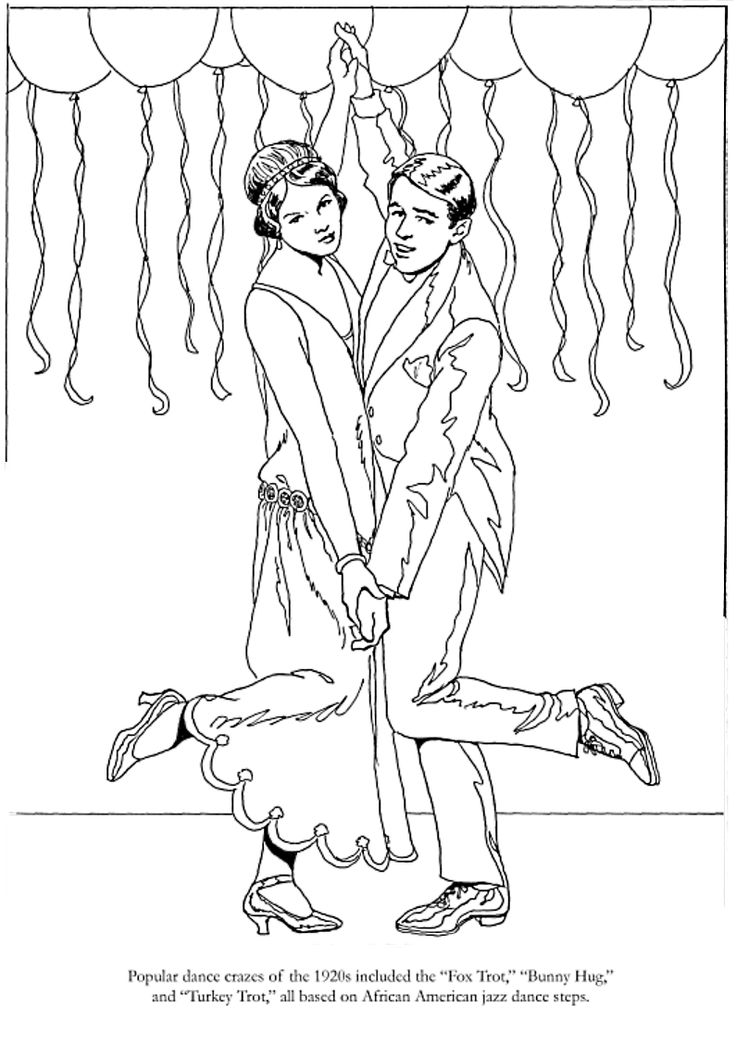 isolation, as well as additional services such as shimmy, hip movements and hand tricks” (234). Finally at 1939 at the World's Fair in New York all women's dancing Lindy Hop.
isolation, as well as additional services such as shimmy, hip movements and hand tricks” (234). Finally at 1939 at the World's Fair in New York all women's dancing Lindy Hop.
Cultural S Lindy Hop greatness
The Lindy Hop originated as a creation of the Harlem Renaissance. lived experience. In addition, he played an important role in the creation of the African image and identity. This gave the Lindy Hop dancers the freedom to solo, in which they show their own improvisation and self-expression. Last but not least, the Lindy Hop appears at the end of a long journey that starts with screaming and pies walking. Thus, he absorbs history and culture into his veins.
Above all, Lindy Hop allows us to rethink the racial factors that consciously or unconsciously influence our cultural relationships. As we see in Hancock's example, the ethnographic approach emphasizes the importance of active participation.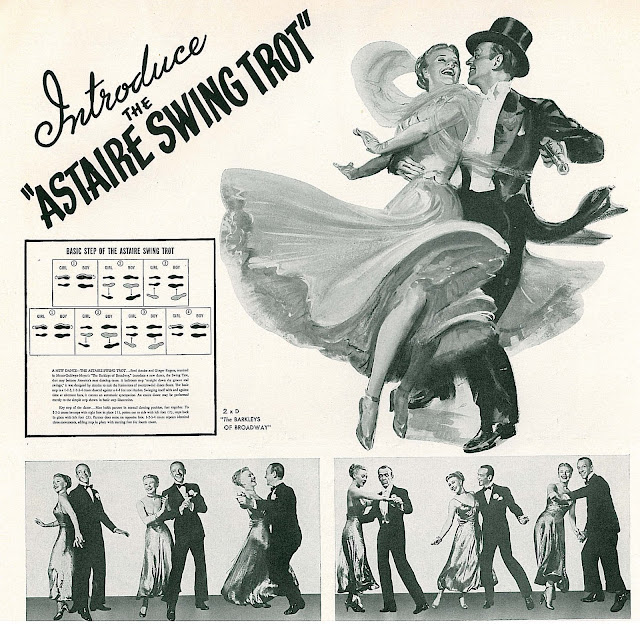 It also allows the researcher to see the bigger picture as possible. Having established itself as a topography for ethnographic research, Lindy Hop allows us to rethink race and gender.
It also allows the researcher to see the bigger picture as possible. Having established itself as a topography for ethnographic research, Lindy Hop allows us to rethink race and gender.
LIKE
Like Loading...
90,000 turkey lynx deserves a place on your agenda of thanksgivingContent
- The ability to get closer to family and friends
- Enjoy the fresh air
- Start your day with endorphins
- Word for aim
- Collection for gravity by Drink-Drink
Turkey lynx has become as synonymous with Thanksgiving as turkey and cornbread. Getting out of bed, putting on extra layers for warmth, and meeting up with family and friends for a little morning activity - how did trotting on a turkey become such a deeply rooted tradition?
The origins of this race started way back in 1896 in Buffalo, NY with an 8K with just six people. The race has been running for 125 years, despite the blizzard of 2000 that dumped 24 inches of snow on the trotters.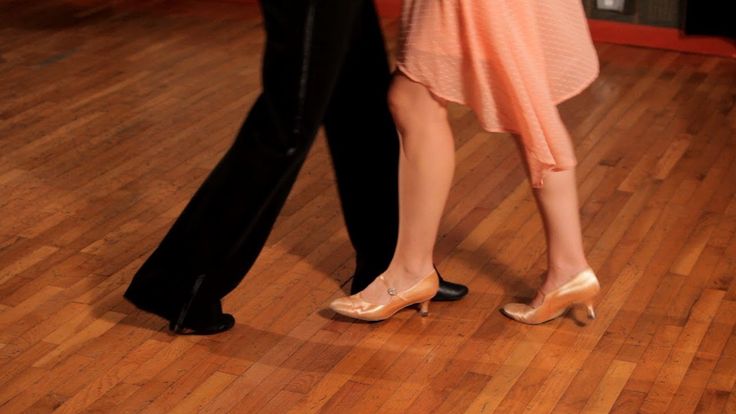
As word of this massive Thanksgiving event spread, more lynxes began to appear across the country. The Turkish trot tradition originated in New Orleans, Pennsylvania, Ohio, and Dallas, with Dallas being the largest race in the nation with over 20,000 runners. Turkey trot distances range from 3.1km to a full marathon, but most range from 8 miles to 8 miles.
So, what makes the turkey trot different from other fun races? The turkey trot is more suitable for a family atmosphere than for the competition of a typical race.
The turkey trot really contributes to a positive attitude towards exercise. Most people don't go turkey trotting to reach a certain time, they just want to enjoy the holiday spirit and be part of a fun social event. Whether you're running or turkey trotting, any level of athleticism is welcome.
Some turkey lynxes even encourage costumes, from turkeys and pilgrims to your favorite Thanksgiving side dish. When else will you wear a suit to go for a walk or run?! Turkey lynx is a great time to get creative!
Here are five benefits of participating in a local turkey bobcat this Thanksgiving:
An opportunity to bond with family and friends
In a way, turkey bobcats are a symbol of Thanksgiving itself—meeting family and friends in the community to start your day well. It may be a rare occasion when you have the opportunity to run with your loved ones. Bringing everyone together can create new memories and traditions in a fun, relaxed atmosphere.
It may be a rare occasion when you have the opportunity to run with your loved ones. Bringing everyone together can create new memories and traditions in a fun, relaxed atmosphere.
Enjoy the fresh air
Nothing smells better than fresh, fresh autumn air. If you're lucky enough to get sunshine on Thanksgiving, this makes for the perfect conditions for a turkey lynx. Take a deep breath and enjoy the fall foliage before football kicks off.
Start your day with endorphins
We know that exercise affects mood - why not start your day with endorphins? Research shows that an increase in these feel-good chemicals is associated with many psychological and physiological changes. So when your aunt gives you unsolicited criticisms of a pumpkin pie recipe, your morning endorphins can help soften the blow and improve your mood. And it's always nice to start your day actively before it's nice to lie around in the afternoon.
If you're planning on turkey trotting instead of jogging, don't worry, your body has plenty of endorphins too. Any form of exercise allows you to experience a pleasant rush of endorphins, so take your time to enjoy the trot.
Any form of exercise allows you to experience a pleasant rush of endorphins, so take your time to enjoy the trot.
Group lessons can make class even more enjoyable - the more the merrier!
Train for your goal
The turkey trot record gives you a goal to train without any pressure. Whether you're contemplating a new fitness goal or wanting to run for the first time, it's always nice to achieve something you've been aiming for. Who knows, running might turn into your new hobby thanks to the turkey lynx!
Raise money for charity
Many times turkey lynxes support a good cause and provide a great way to give back to the community you call home. Some turkey bobcats support organizations that feed the hungry or provide Thanksgiving meals for families in need - the Cincinnati bobcat encourages runners to bring a warm coat to donate before the race.
Find a turkey that donates to charity, or create your own tradition of donating to an organization that is meaningful to you and your family.